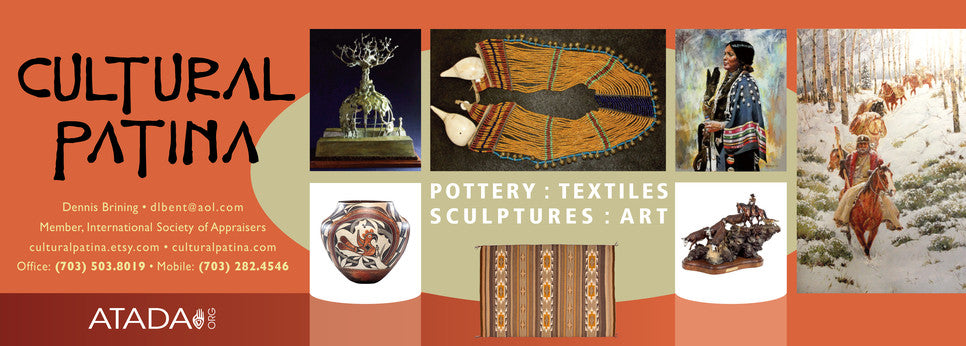The Plains Indians
Almost all Plains tribes used beads that they made from animal bones, teeth, or shells. Glass beads, however, which often came from Venice, Italy, began to reach the Plains in the early 1800's. Brought by traders who rode ponies, these so-called pony beads were fairly big, upwards of one-eighth inch in size. Limited to only a few colors (primarily white, blue, black, and red), pony beads tended to inspire large, bulky designs. Seed beads—much smaller and available in a broader palette—appeared in the late 1840's and soon became easily obtainable.
Because smaller beads allowed patterns to become more detailed and refined, different bead work styles began to take shape. Three tribes—the Blackfeet, Lakota, and Crow—developed distinctive stitching techniques, colors, and patterns. Neighboring groups were usually influenced by at least one of these styles. Traditional bead work reached a peak around 1890, but many contemporary Indian artists continue to work in the medium, keeping the art form very much alive. (Source: The Minneapolis Institute of Arts).
Sold out
Sold out
Sold out
Sold out
Sold out







